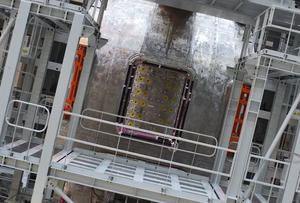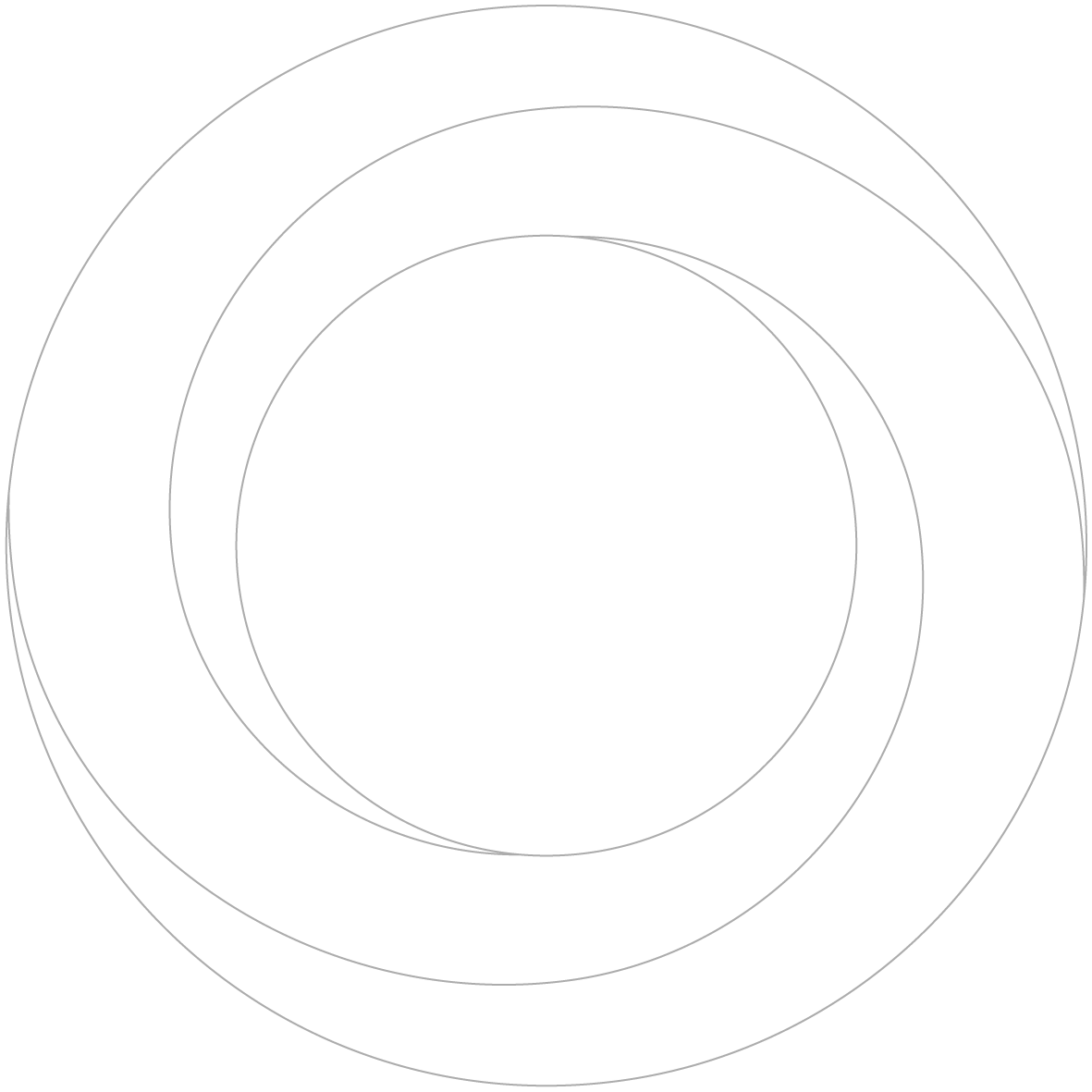Fusion energy
Fusion, the nuclear reaction that powers the Sun and the stars, is a promising long-term option for sustainable, non-carbon-emitting energy. Harnessing fusion's power is the goal of ITER—designed as the key experimental step between today's fusion research machines and tomorrow's fusion power plants.

Youtube est désactivé. Autoriser le dépôt de cookies pour accéder au contenu.
Reaching for the stars
The goal of ITER is to achieve fusion power production at power plant scale, breaking new ground in fusion science and demonstrating fusion reactor technology.



Reimagining energy … together
China, the European Union, India, Japan, Korea, Russia and the United States are participating in the decades-long project to build and operate ITER, and to train the fusion scientists, engineers and operators of the future.
Engineering the extraordinary
Conceived at the very frontier of what is possible to design, manufacture, and assemble, the ITER device—a tokamak—will be the world’s largest and most powerful, capable of creating a “little star” on Earth.

